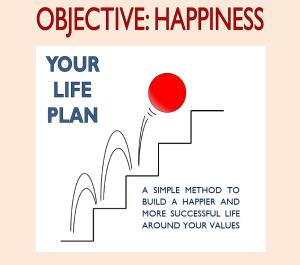In most cases, companies do their prospecting at the worst time, which is when they have surpluses to sell.
This statement might sound a bit surprising at first, but as I am going to explain, this will make quite some sense.
As long as sales are in balance with production, most companies will try to find commercial arrangements with existing customers to deal with minor volume fluctuations. After all, when you deal with a regular business contact who knows your company and products, it is easier to set up some promotion deals and move extra volumes.
In the same idea, as long as companies can move their own production without much trouble, they do not see the point of actively going out there prospecting for new customers, as they have nothing to offer. Or so they think.
When surpluses reach levels that are not manageable anymore with the regular customer base, then they initiate a massive prospecting campaign to be able to move the extra volume.
All of this will sound like plain logic to most business owners, so why is actually the best time for prospecting the time when you are sold out?
The answer is simply because it puts you in the driver’s seat, which is not the case when you need to get rid of your products.
In many industries, surpluses for sale rarely happen to an isolated company, but very often the whole sector is suffering. The reason can be because the recent times had been quite good and everybody thought that they should increase their volumes to meet demand, but when a whole sector takes this kind of action at the same time, you can be sure that this volume increase is also going to come onto the market at the same time. The result is a saturated market, in which all participants need to move the extra volumes, sometimes at any price (and also at any cost). So prospecting in such conditions gives all the power to the buyers, who have nothing else than being patient as the sales people will come over and over again trying to out-price each other so that they can move their production. This results only in margin erosion.
In the same way, when you are short of product, in many cases there is a fair chance that your competitors have to deal with the same, and are not able to satisfy demand from their own customers
Why prospect when you have nothing to sell?
There are two main reasons for this. First, because this way, there is a lot less pressure to reach a deal, which helps you being much stronger in the commercial negotiation. Secondly, because this could be the time that you mean the most to a customer by helping out, as you could fill a gap left by one of your competitors.
Of course, you might ask how to help out and sell something you do not have. Massaging your sales and production planning can be a way to do this, or playing broker for once can do the same, and helping out makes your company look quite good, which will be useful when you are the one who needs to be helped out.
Prospecting, not out of necessity, but as a strategy to grow your business at the expense of your competitors is the way to go, and is also the most cost-efficient way. After all, remember that, on average, prospecting to get a new customer costs between 10 and 20 times as much as growing with an existing one. So, it better be well-targeted, margin oriented and fitting in a sound business strategy!
Copyright 2009 The Happy Future Group Consulting Ltd.









